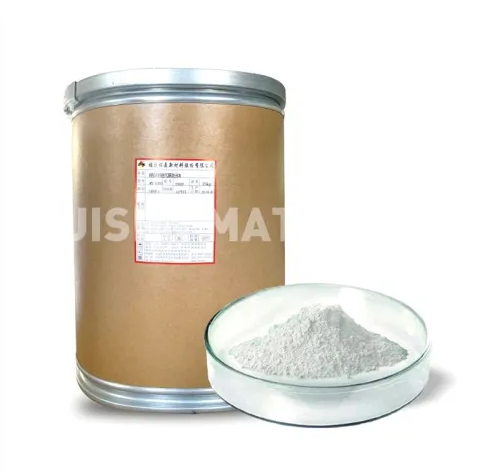What is the difference between zinc oxide and nano zinc oxide?
Nano zinc oxide and zinc oxide are two distinct forms of zinc-based compounds with unique characteristics. The primary disparity between them lies in their particle sizes, leading to variations in properties and applications. Understanding these differences is crucial for comprehending their distinct roles in diverse fields.
Differences Between Zinc Oxide and Nano Zinc Oxide:
Nano zinc oxide, as the name suggests, is characterized by its significantly reduced particle size compared to conventional zinc oxide. While zinc oxide typically consists of larger particles, nano zinc oxide contains particles in the nanometer range. This distinction results in differences in physical and chemical properties.
The smaller particle size of nano zinc oxide imparts enhanced surface area and reactivity. This increased surface area facilitates improved UV absorption, making nano zinc oxide a preferred choice in sunscreens and other skincare products. Additionally, the reduced particle size contributes to greater transparency, ensuring that nano zinc oxide formulations are less visible when applied to the skin.
Origin and Justification:
Unveiling the Power of Hydroxypropyl Methylcellulose in Skincare
10 Best Paintbrushes for Walls: Brushes vs. Rollers vs. Sprays
What are the sectors of the cosmetic industry?
What are the primary uses of Hydroxy Ethyl Cellulose (HEC)?
Iron Oxide Pigment: The Ultimate Guide to Application Techniques
What Are Specialty Gases Used for
The differences between zinc oxide and nano zinc oxide stem from their distinct manufacturing processes and the evolution of nanotechnology. Nano zinc oxide is produced through advanced techniques that involve breaking down larger zinc oxide particles into nanoscale dimensions. This process enhances specific properties, such as surface area and reactivity, leading to the unique characteristics of nano zinc oxide.
The justification for utilizing nano zinc oxide in certain applications, such as sunscreens, lies in its improved performance due to the smaller particle size. The ability to provide effective UV protection without the undesirable white residue associated with traditional zinc oxide makes nano zinc oxide an attractive choice in cosmetic and skincare formulations.
Significance and Implications:
The significance of understanding the disparities between zinc oxide and nano zinc oxide extends to various industries, particularly in healthcare, cosmetics, and materials science. In healthcare, the superior UV-absorbing properties of nano zinc oxide contribute to more efficient sun protection, promoting healthier skincare practices.
In materials science, the unique characteristics of nano zinc oxide find applications in catalysis, sensing, and other advanced technologies. The increased surface area and reactivity make nano zinc oxide a valuable component in the development of novel materials with enhanced performance.
In conclusion, the difference between zinc oxide and nano zinc oxide lies in their particle sizes, leading to variations in properties and applications. The evolution of nanotechnology has played a pivotal role in the development of nano zinc oxide, unlocking new possibilities in diverse industries. Understanding these differences is essential for harnessing the unique advantages of each form and optimizing their use in various applications.


